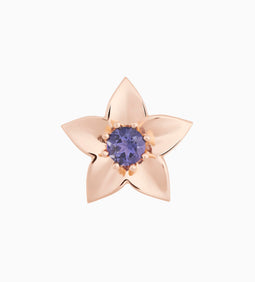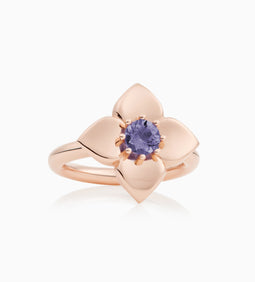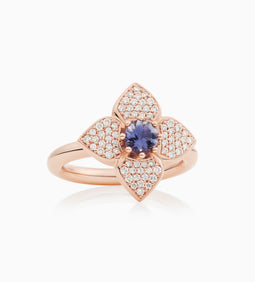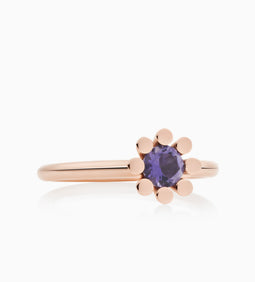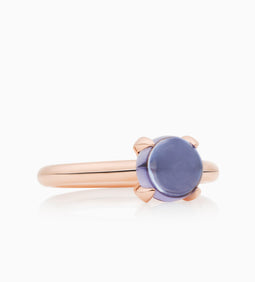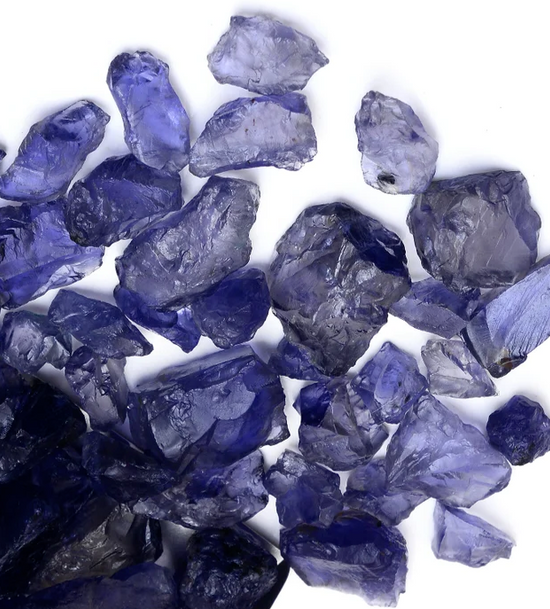
A Guiding Light
Legend has it that Vikings used iolite to locate the sun in overcast skies. As a pleochroic stone – meaning it breaks the light differently when seen from varied angles - the gem acts like a polarizing filter. Like polaroid itself, it can cancel out haze and clouds, making the world seem clearer. Iolite is said to have guided
Scandinavian explorers through dark territories and stormy seas. It thus became known as the “Vikings’ Compass.”
Following this, iolite is today believed to bring us clear vision and strong motivation for our lifepath ahead.
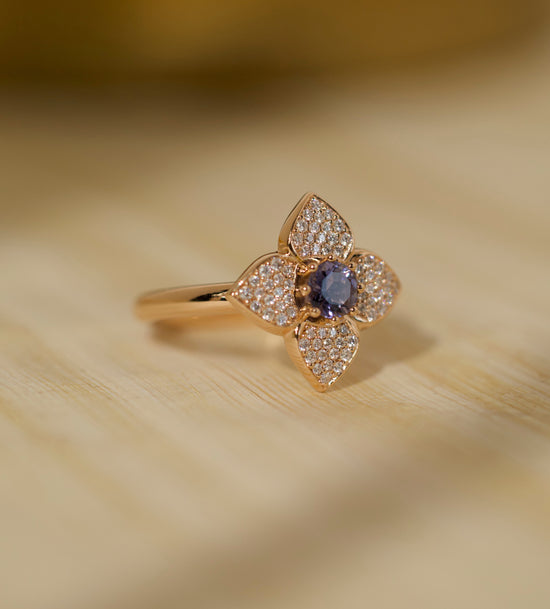
“Super Stone”
Iolite belongs to the silicate group and contains traces of magnesium, iron, titanium, calcium, sodium and potassium. This composition led to its reputation as a “super stone” that is completely fire-resistant and insoluble in water or acid.
On the Mohs scale, iolite has a hardness of 7,5.
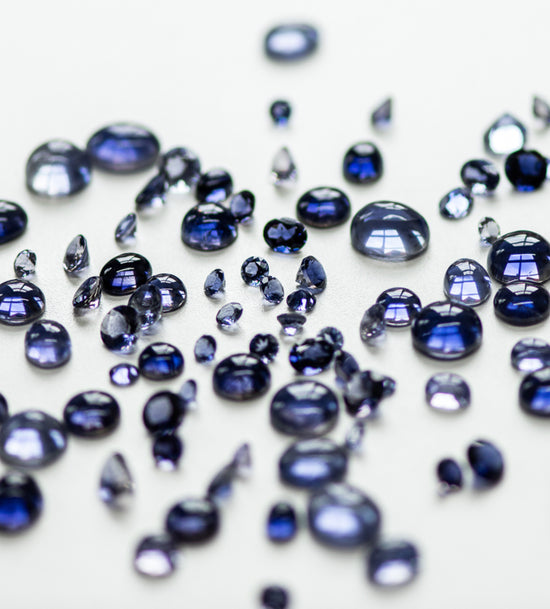
Origin
Today, the main deposits of iolite are found in Brazil, Canada, India, Myanmar and Sri Lanka.

